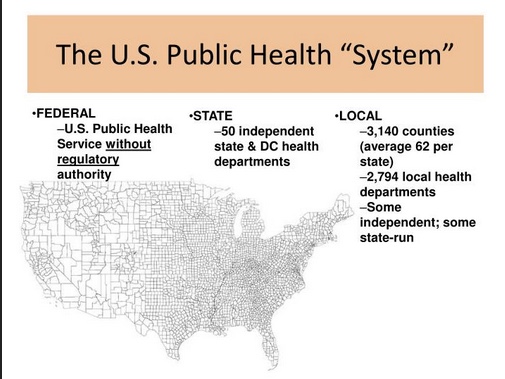Seven days before Donald Trump took office, his aides faced a major test: the rapid, global spread of a dangerous virus in cities like London and Seoul, one serious enough that some countries were imposing travel bans.
In a sober briefing, Trump’s incoming team learned that the disease was an emerging pandemic — a strain of novel influenza known as H9N2 — and that health systems were crashing in Asia, overwhelmed by the demand.
“Health officials warn that this could become the worst influenza pandemic since 1918,” Trump’s aides were told. Soon, they heard cases were popping up in California and Texas.
The briefing was intended to hammer home a new, terrifying reality facing the Trump administration, and the incoming president’s responsibility to protect Americans amid a crisis. But unlike the coronavirus pandemic currently ravaging the globe, this 2017 crisis didn’t really happen — it was among a handful of scenarios presented to Trump’s top aides as part of a legally required transition exercise with members of the outgoing administration of Barack Obama.
And in the words of several attendees, the atmosphere was “weird” at best, chilly at worst.
POLITICO obtained documents from the meeting and spoke with more than a dozen attendees to help provide the most detailed reconstruction of the closed-door session yet. It was perhaps the most concrete and visible transition exercise that dealt with the possibility of pandemics, and top officials from both sides — whether they wanted to be there or not — were forced to confront a whole-of-government response to a crisis. The Trump team was told it could face specific challenges, such as shortages of ventilators, anti-viral drugs and other medical essentials, and that having a coordinated, unified national response was “paramount” — warnings that seem eerily prescient given the ongoing coronavirus crisis.
Before Virus Outbreak, a Cascade of Warnings Went Unheeded
WASHINGTON — The outbreak of the respiratory virus began in China and was quickly spread around the world by air travelers, who ran high fevers. In the United States, it was first detected in Chicago, and 47 days later, the World Health Organization declared a pandemic. By then it was too late: 110 million Americans were expected to become ill, leading to 7.7 million hospitalized and 586,000 dead.
That scenario, code-named “Crimson Contagion,” was simulated by the Trump administration’s Department of Health and Human Services in a series of exercises that ran from last January to August.
The simulation’s sobering results — contained in a draft report dated October 2019 that has not previously been reported — drove home just how underfunded, underprepared and uncoordinated the federal government would be for a life-or-death battle with a virus for which no treatment existed.




